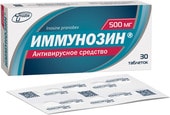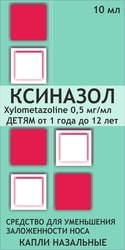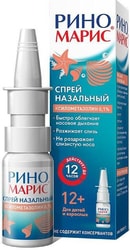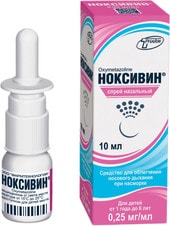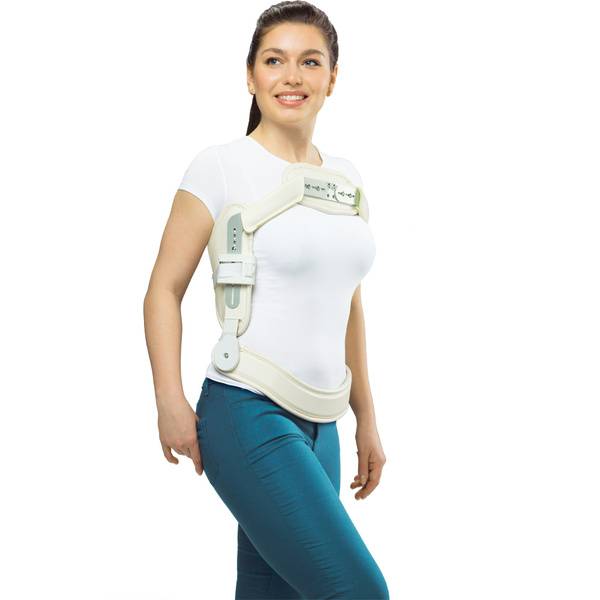
The ORTO PWA 804 Hyper-Extension Functional Corrective Corset offers a high degree of stabilization for the thoracolumbar spine. This advanced corset features a three-point fixation system and a movable lower panel, providing exceptional comfort and support. Its rigid frame construction allows for precise height and width adjustment, ensuring a personalized fit for each patient.
The ORTO PWA 804 is indicated for the treatment and stabilization of various spinal conditions, including:

